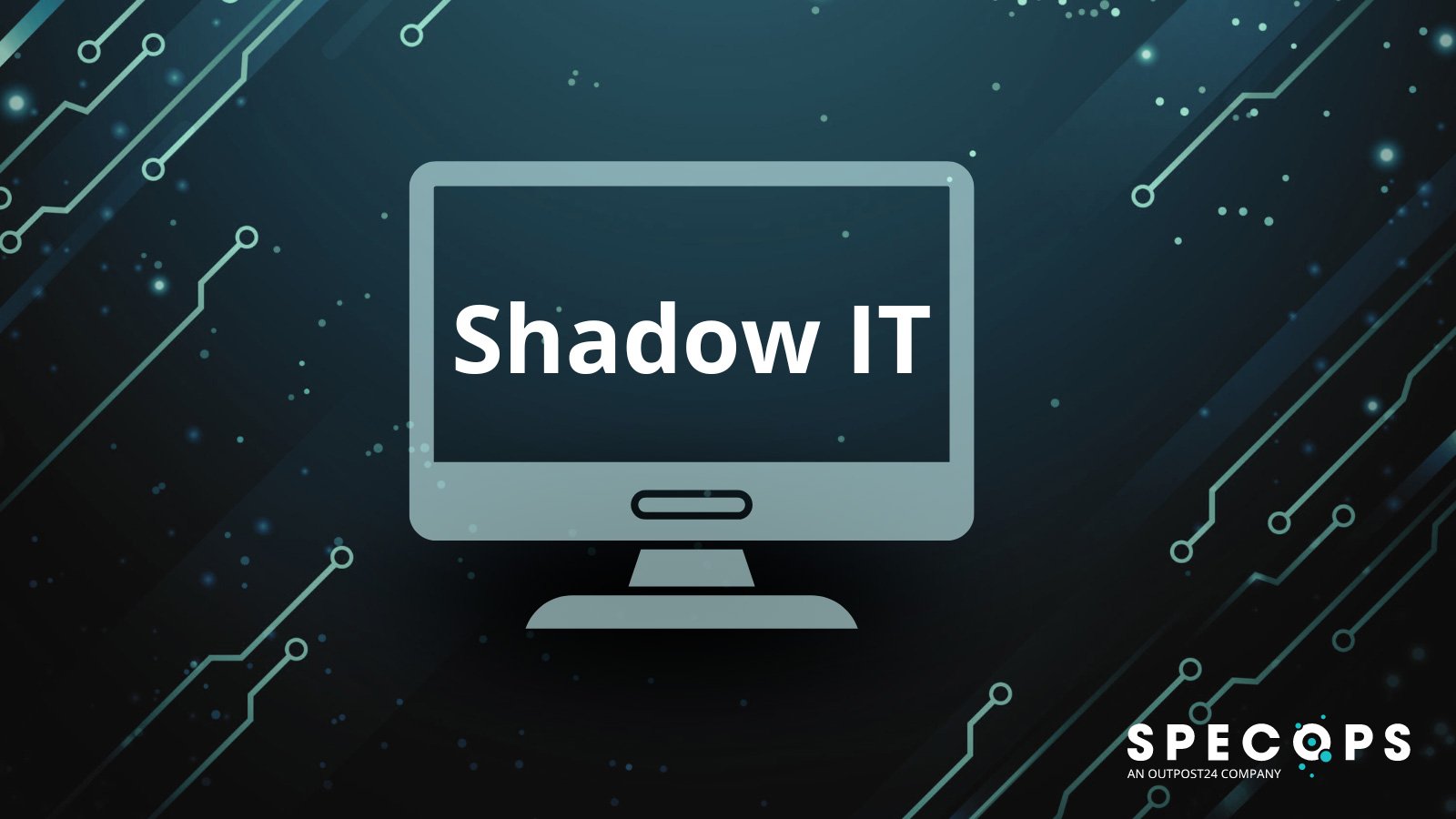

In today’s fast-paced business environment, employees increasingly turn to unauthorized IT solutions to streamline their work and boost productivity. Known as “shadow IT,” these systems, devices, software, and services operate outside the purview of your organization’s IT department.
And while it’s often adopted with good intentions, shadow IT can introduce significant security risks, compliance issues, and hidden costs.
This article explores the prevalence of shadow IT, the risks it poses and discusses strategies for managing shadow IT, including solutions that enable the continuous discovery of unknown IT assets.
Shadow IT examples and costs
The rise of shadow IT can be attributed to several factors, driven by the need for efficiency and frustration with rigid IT processes. Employees often resort to unauthorized solutions, such as unapproved collaboration tools, to overcome these obstacles.
This trend is particularly prevalent among remote teams, where effective communication is crucial.
Another contributing factor is the widespread availability of cloud services. With user-friendly applications readily accessible, employees can easily implement tools without going through official IT channels.
Shadow IT takes various forms, including the use of personal devices for work, adoption of unauthorized cloud services for file sharing and collaboration, utilization of unapproved productivity apps and communication tools, and deployment of software without IT’s knowledge.
However, the prevalence of shadow IT poses significant security and financial risks to organizations. Research findings highlight the severity of the issue:
- Kaspersky uncovered that 85% of organizations face cyber incidents, with 11% of those tied directly to shadow IT.
- CIO Insight found that 81% of line-of-business workers and 83% of IT staff use nonapproved SaaS apps.
- Mobile Mentor revealed that one out of every three employee bypasses company security policies to complete their tasks.
- Gartner estimated that shadow IT spending in large enterprises counts for 30-40% of the budget.
Mitigating shadow IT risks
To effectively mitigate the risks associated with shadow IT, your organization should adopt a comprehensive approach that encompasses the following strategies:
- Understanding the root causes: Engage with different business units to identify the pain points that drive employees to seek unauthorized solutions. Streamline your IT processes to reduce friction and make it easier for employees to accomplish their tasks within approved channels, minimizing the temptation to bypass security measures.
- Educating employees: Raise awareness across your organization about the risks associated with shadow IT and provide approved alternatives. Foster a culture of collaboration and open communication between IT and business teams, encouraging employees to seek guidance and support when selecting technology solutions.
- Establishing clear policies: Define and communicate guidelines for the appropriate use of personal devices, software, and services. Enforce consequences for policy violations to ensure compliance and accountability.
- Leveraging technology: Implement tools that enable your IT team to continuously discover and monitor all unknown and unmanaged IT assets. By gaining a centralized view of your organization’s online exposure, you can effectively plan remediation efforts to close security gaps and minimize the impact of shadow IT.
One promising solution for efficiently managing shadow IT and controlling your organization’s attack surface is the adoption of External Attack Surface Management (EASM) tools. These tools facilitate continuous discovery, analysis, and monitoring of all entities connected to your company’s online exposure.
By taking an outside-in approach, EASM empowers you to identify previously unknown assets, enhancing your overall security posture and enabling proactive risk mitigation.
The role of EASM in managing shadow IT
To enhance your organization’s cyber resilience against the risks of shadow IT, it is recommended to invest in a robust EASM solution provided by Outpost24. This powerful tool provides real-time discovery, analysis, and monitoring of all internet-facing assets connected to your organization.
With its interactive dashboard, you gain a comprehensive view of your live attack surface, enabling you to quickly identify and prioritize vulnerabilities for remediation. This helps you allocate resources effectively and address the most critical risks first.
To further streamline the remediation process, Outpost24’s EASM solution seamlessly integrates with popular platforms such as AWS, Azure, Cortex XSOAR, Jira, and ServiceNow. These integrations ensure a smooth workflow and enable efficient collaboration between different teams and systems.
A powerful way to illuminate the shadows
In today’s fast-paced work environment, employees often resort to unauthorized shadow IT solutions to enhance productivity. However, it is crucial for organizations to recognize and address the inherent security, compliance, and productivity risks associated with such practices.
EASM provides a powerful way to illuminate the shadows — allowing your organization to regain control over its attack surface and ultimately mitigate the real risks associated with shadow IT.
Get started with your free attack surface analysis.
Sponsored and written by Specops Software.